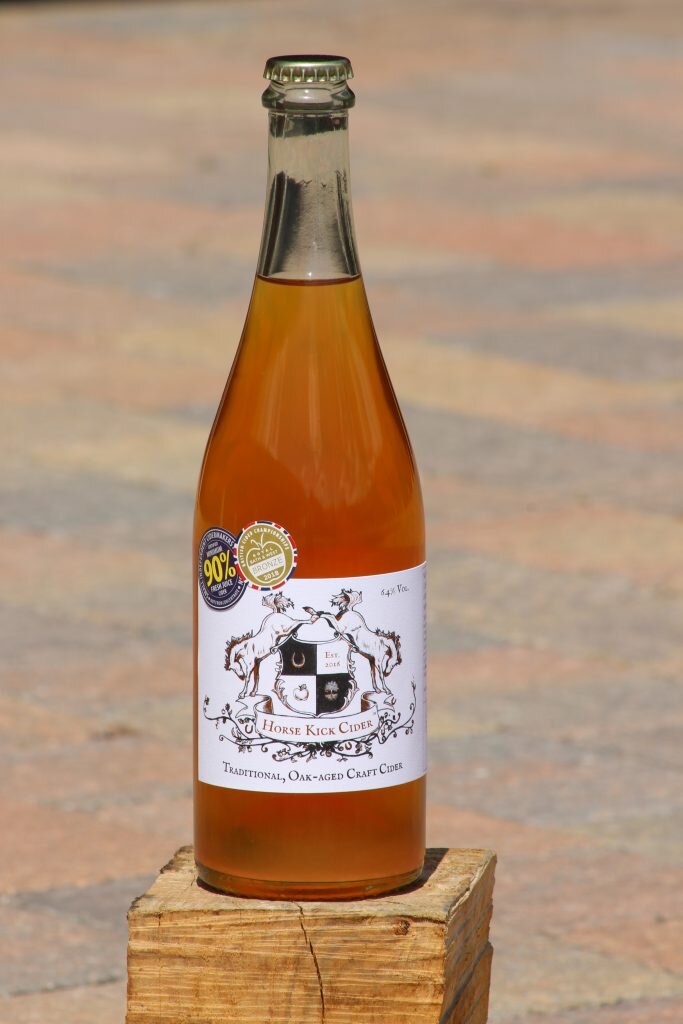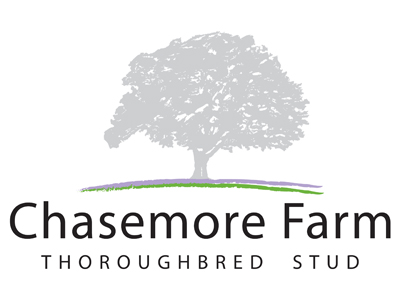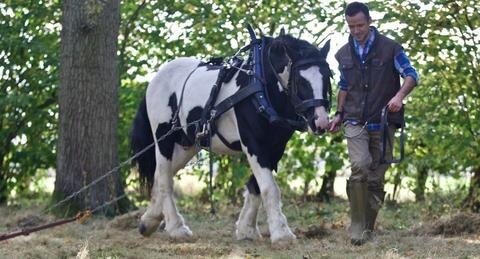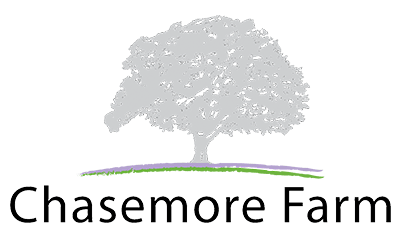We all know that Chasemore Farm is a fabulous nursery of high-class racehorses, but were you also aware that it does a fine sideline in cider?
You’d be hard pressed (geddit?!) to find many other studs that make their own alcoholic beverages and get the local community involved in doing so.
Resident vet Pat Sells is in charge of production and he is ably assisted by one of the farm’s equine residents. Here he gives us the in-cider scoop!
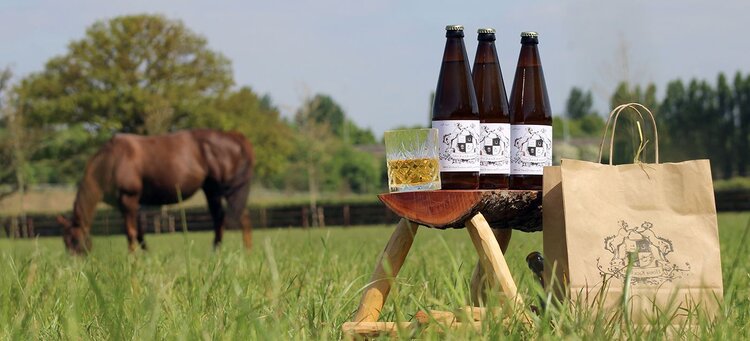
How and when did you discover your inner cider maker?
When I was living in New Zealand in 2014 my friend (and then boss) Rodney Schick and I decided to give cider making a whirl.
We started with one oak barrel (300 litres), and called it Horse Kick Cider, a name which kind of stuck. The first batch was such a hit that I had a traditional horse-driven apple press custom built from oak and steel, which I shipped back to Chasemore Farm in 2016.
One of the main reasons I started making it myself is that good, proper cider isn’t always easy to get hold of. Common brands in the pubs and shops are actually more like alcopops than real ciders.
I use pure apple juice fermented with wild yeasts and add literally nothing else. After a winter in oak, I bottle the cider when there is still just a little fermentation left to go; this gives it a natural sparkle. Do that too early and the bottles explode!
Can you describe how cider is made at Chasemore Farm?
Andrew and Jane Black are kind enough to let me keep the press and barrels tidied away in a corner of the agricultural barn. The press is assembled each year in the oak wood at Chasemore during one weekend in the autumn, between yearling sales and foal sales.
In a normal year, all the stud staff are invited to apple pressing and it’s a great opportunity for team building.
Something about the age-old process of driving a traditional apple press in ancient woodland feels good for the soul, particularly in this digital age.
Staff and locals are encouraged to bring their own apples to throw into the mix; we have a barbeque and drink last year’s vintage. The juice comes pouring out into milk pails, and helpers get to slake their thirst straight from the source.
The majority of apples are specific cider types (bittersharps, such as Michelin and Dabinett) that I pick up from orchards in the home counties, but the rest are a wonderful mixture of eaters and cookers from people’s gardens, which gives an interesting complexity.
Locals claim their cider the following spring, while staff and clients get plenty of opportunity as the cider is on tap in the Chasemore Box at Sandown, at the ‘End of Foaling’ Party and the annual ‘Summer Party’ (usually Royal Ascot Carpark 2).
Anyone good enough to help out is rewarded with extra.
Chasemore Farm's nanny mare Lassie plays an important role in the process. What does she do?
Lassie is an enormous piebald Cob, who (to me!) is perhaps the most valuable horse on the farm. She’s a trusted surrogate mother for orphaned foals, she’s a blood donor for our on-site plasma bank (again for helping new-born foals), and finally she drives the apple press in the autumn.
I use the same draught harness that my Mum used when she was a full-time heavy horse logger. The heavy, handmade neck collar is connected by leather and chains to a swingletree, which in turn pulls the beam of the basket press.
Lassie loves the work and pulls the beam as if it wasn’t even there. Perhaps her favourite part is gorging on the spent apple pressings after they are emptied from the press. She certainly leads an interesting life.
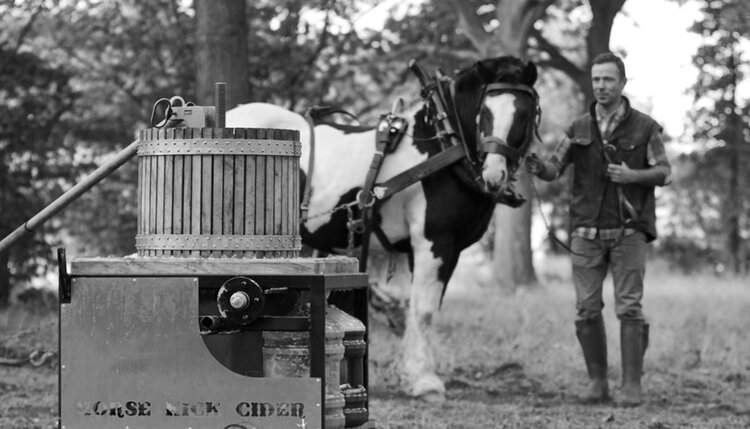
What ciders do you make, and what are their individual qualities?
Apart from the normal oak-aged cider, I usually do a batch in a whisky (Laphroaig) barrel, which gives a smoky, peaty character. This year I have experimented a little by including crab apples and medlars (an old, English fruit) in order to add more acidity and depth.
The wild yeast that carries out the crucial fermentation comes from the skins of the apples. By not sterilising apples before pressing, and not adding preservatives nor pasteurising the juice, hundreds of these yeast species perform small parts of the total process, each producing their own niche biological reaction and by-products.
The result is far superior to the industry-standard single species inoculation; think an orchestral symphony compared to a Nokia ringtone.
How can we get our hands on some?!
The cider is sold in the local wine shop in Cobham, and they take online orders. A % of each sale is donated to World Horse Welfare, a charity which is very close to our hearts at Chasemore.
Click HERE to head to The Wine Reserve website.
